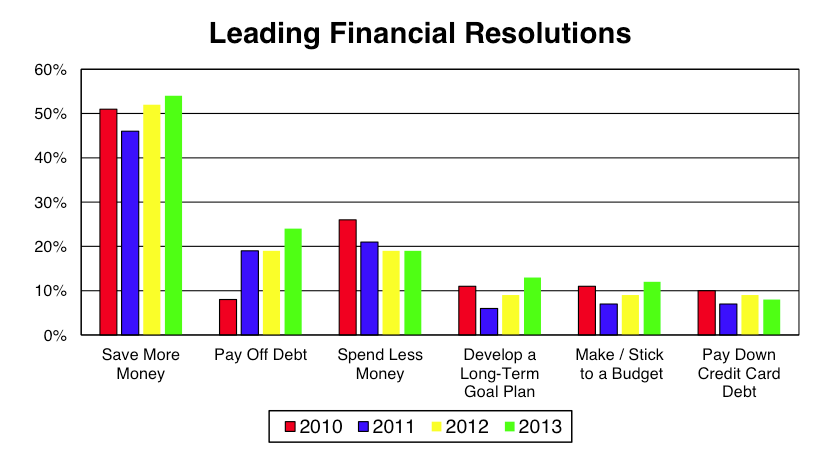For most advisors, enhancing existing client relationships is the highest priority. Developing new client relationships is the second. Interestingly, the best way to achieve the second is to excel at the first. Below are five simple things to do in 2014 to help deepen your existing client relationships.
1. Move the conversation. For the majority of clients, there is more to the relationship than performance. Having a personal relationship – not just a business relationship – is valuable. Moving the conversation toward helping clients achieve their financial goals strengthens the relationship.
This year, as you meet with clients, add both short-term financial goals and long-term financial goals to your agenda. In my experience, it is normal for advisors to talk with clients about their long-term financial goals, but too few advisors speak with clients about their annual financial goals.
I ask clients, particularly younger clients, if they have written financial goals for the year. Having goals is important, and writing them down is helpful. Studies show that written goals are more likely to be achieved than non-written goals. Also, sharing your goal with someone else further increases the chance of attainment. So encouraging your clients to share their goals with you helps them achieve their goals.
Two of the more common annual financial goals people make are to save more and spend less (see graph). There is another way you can directly help them achieve these goals – by providing a friendly reminder at the most opportune time.
2. Keep it simple. We routinely remind workers of the two easiest and least painful ways to increase savings and reduce debt. We tell workers to:

- Save the raise, and
- Bank the bonus.
More specifically, we encourage people to save half of every raise and bonus. This is painless because it increases their savings without reducing their current standard of living. Because they have not yet seen the extra income, they should not miss the extra income. This is most beneficial earlier in one’s career. For example, let’s assume that Mary, a recent business communications graduate in a sales role, has a starting salary of $50,000 a year and is not currently saving. If she started by saving half of her next raise, by the time she doubled her salary (to $100,000), she would be saving 25% (or $25,000 a year).
A few of the questions we ask working clients are:








